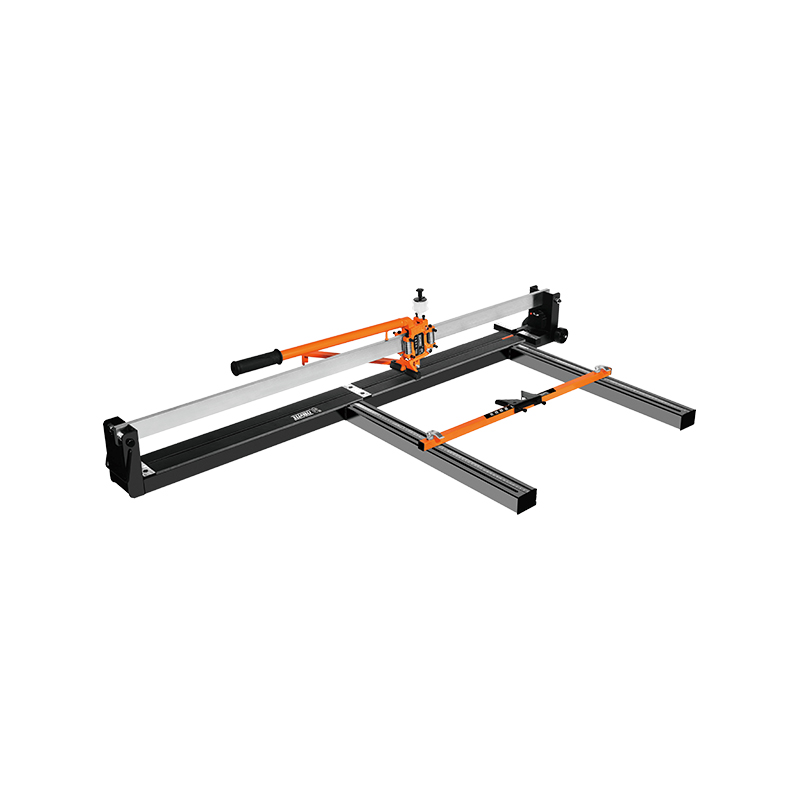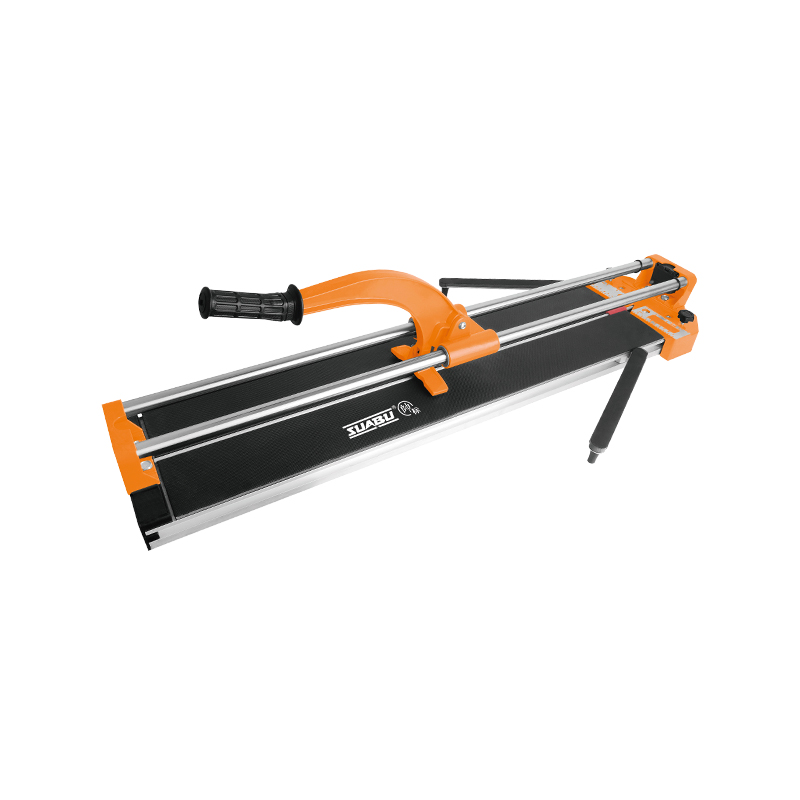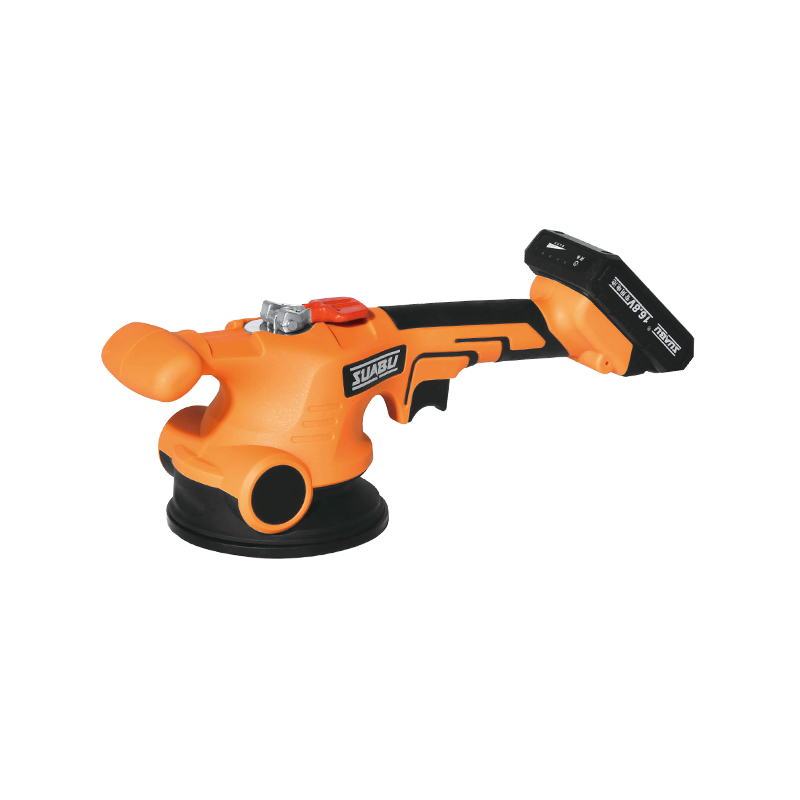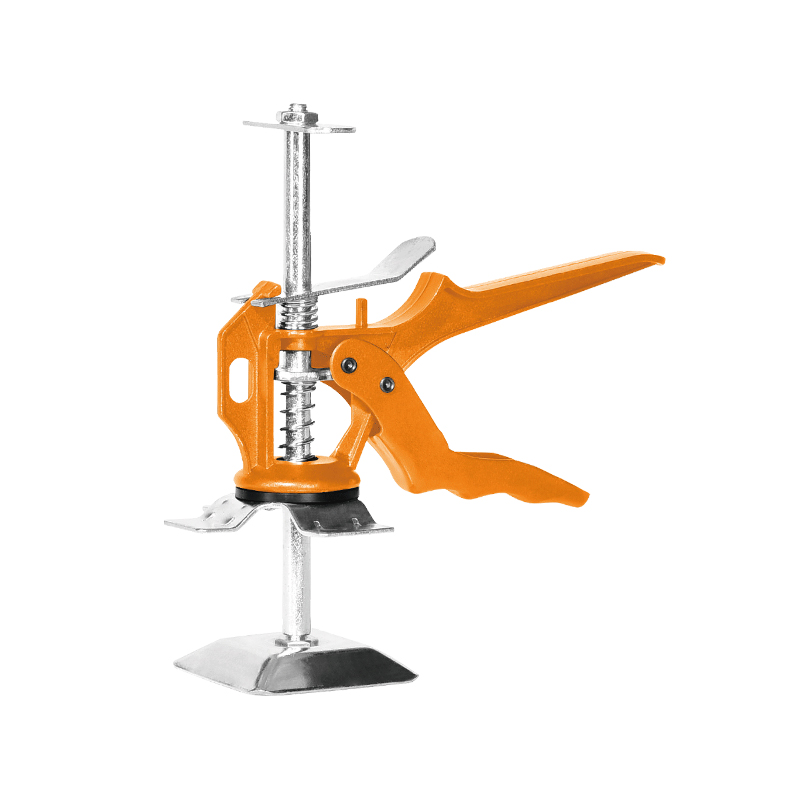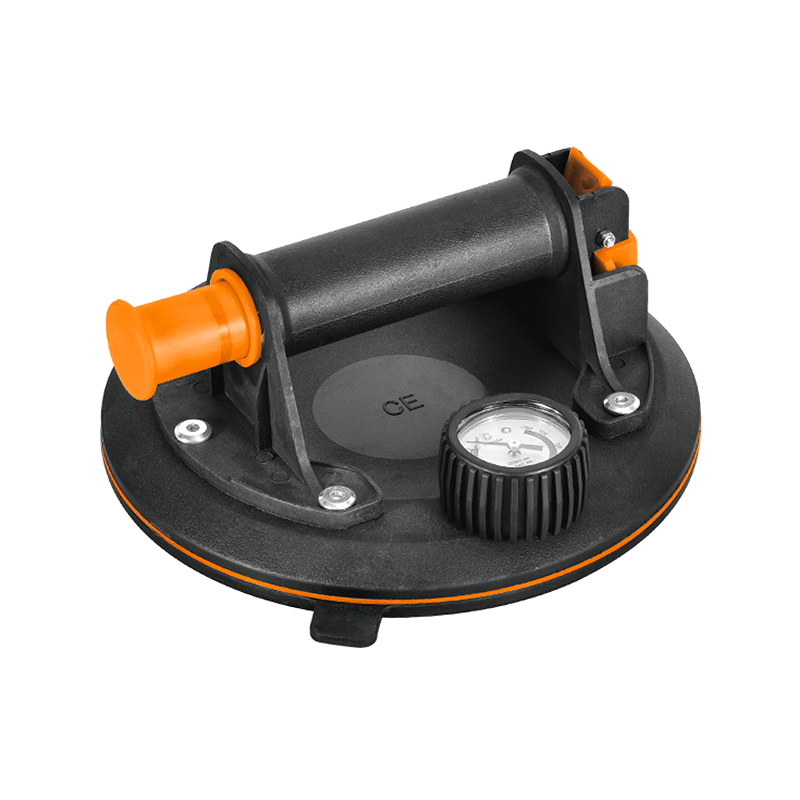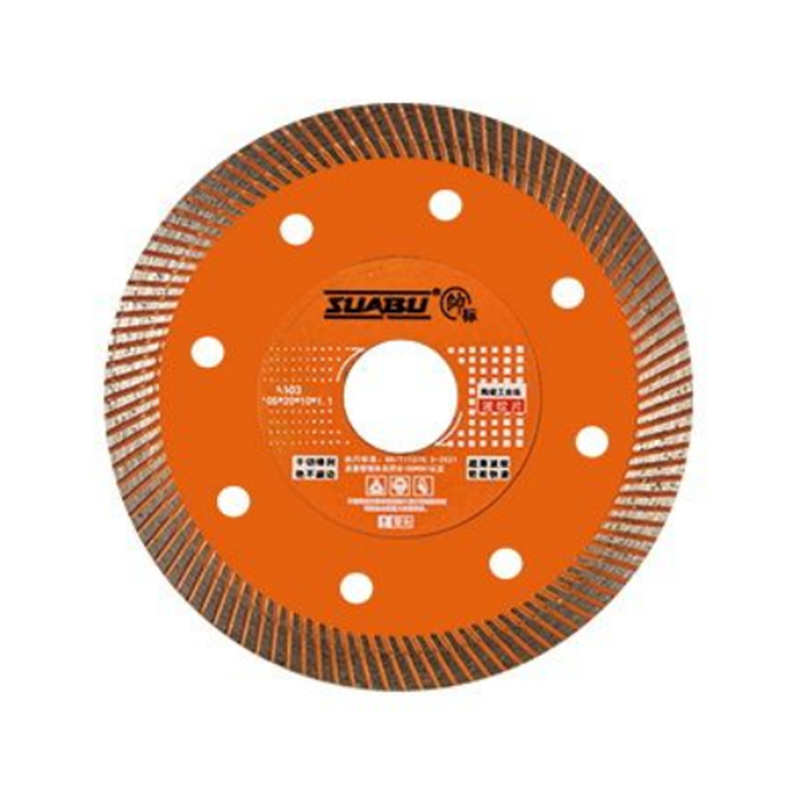Circular Saw vs Bandsaw: Which One is Right for Your Woodworking Needs?
2024-09-27
When it comes to woodworking, choosing the right tool can significantly impact the quality and efficiency of your work. The Circular Saw and Bandsaw are two of the most commonly used cutting tools, but they serve different purposes and excel in different areas. In this article, we'll compare the Circular Saw and Bandsaw in terms of cutting ability, precision, and versatility, analyze their ideal use cases, and provide recommendations to help you make an informed decision.
Function Comparison: Circular Saw vs. Bandsaw
The Circular Saw and Bandsaw have distinct differences in their cutting capabilities, accuracy, and overall functionality. Here's how they compare:
[Cutting Ability]
Circular Saw: Designed for powerful, fast, and straight cuts, the Circular Saw is good for slicing through thick wood and making long cuts. It can handle heavy-duty tasks like framing, cross-cutting large boards, and cutting plywood. However, it struggles with intricate or curved cuts due to its rigid circular blade.
8103G Tile Porcelain Cutting Saw Blade
Bandsaw: The Bandsaw excels at cutting curves and irregular shapes. It can handle intricate woodworking tasks and is ideal for resawing (cutting thick boards into thinner ones). While it may not offer the brute force of a Circular Saw, it provides cleaner and more precise cuts, especially on thinner materials.
[Precision]
Circular Saw: While powerful, the Circular Saw is less precise compared to the Bandsaw. It's more prone to kickback and requires steady hands to achieve straight cuts. However, with guides and fences, it can offer acceptable precision for many jobs.
Bandsaw: The Bandsaw is generally more accurate, especially when it comes to cutting curves or intricate details. Its continuous blade minimizes blade drift, allowing for smoother cuts with less risk of mistakes.
[Versatility]
Circular Saw: Its strength lies in straight cuts, making it great for general carpentry, home construction, and projects requiring quick cuts. The Circular Saw is more portable and can be used for a variety of materials beyond wood, such as metal or plastic, with the appropriate blade.
Bandsaw: The Bandsaw is more specialized. It's great for fine woodworking, resawing, and crafting detailed pieces. However, it's generally not as versatile in terms of materials and is more stationary, limiting its use to a workshop setting.
Use Case Analysis: When to Use Circular Saw vs. Bandsaw
Depending on your woodworking needs, the Circular Saw and Bandsaw are suited for different tasks. Here are some scenarios where each tool shines:
Straight Cuts and Construction Work
The Circular Saw is the go-to tool for framing, decking, and cutting large panels. Its portability makes it ideal for job sites where quick, straight cuts are needed.
Curved Cuts and Fine Woodworking
The Bandsaw is good for cutting curves, irregular shapes, or working with thin materials. If your project requires cutting out intricate designs or making precise slices, the Bandsaw is a better choice.
Resawing and Thickness Cutting
If you need to resaw lumber to create thinner pieces, the Bandsaw is the ideal tool. Its continuous blade allows for more consistent cuts through thick wood without wasting material.
DIY Projects and Home Repairs
For general home use, the Circular Saw is often the better choice due to its versatility and ability to handle a range of materials. From basic repairs to DIY furniture projects, its speed and power are unmatched.
Technical Features: Circular Saw and Bandsaw
Both tools have unique technical features that set them apart:
[Circular Saw Features]
*Blade Speed and Power: Circular saws have high-speed rotating blades, ideal for fast cuts. Many models come with adjustable speeds, allowing for greater control.
*Blade Changes: Swapping blades is generally easy and fast, making it convenient to switch between materials.
*Portability: One of the major advantages of the Circular Saw is its portability, allowing you to bring it to job sites.
[Bandsaw Features]
*Continuous Blade: The Bandsaw uses a long, continuous blade that moves in a loop, allowing for smoother cuts with minimal blade drift.
*Cutting Height: Bandsaws are available with adjustable cutting heights, making them versatile for thicker materials.
*Precision: The Bandsaw is equipped with fences and guides for more controlled and accurate cuts, especially when cutting curves or delicate patterns.
Buying Tips: Choosing Between Circular Saw and Bandsaw
When purchasing either a Circular Saw or Bandsaw, there are several factors to consider:
*Power and Blade Size
For the Circular Saw, consider the power of the motor and the size of the blade. Higher wattage and larger blades are better for cutting thick wood. For the Bandsaw, check the cutting height and throat size, which determine the maximum thickness and width of materials you can cut.
*Blade Type
Different blades are suited for different materials. Make sure to select the right blade for the job, whether it's wood, metal, or plastic. For the Bandsaw, make sure to match the blade width to the type of cuts (narrow blades for curves, wider blades for straight cuts).
*Safety Features
Both saws should have good safety features such as blade guards, emergency stops, and easy-to-use controls. The Circular Saw should include a blade brake to stop the blade quickly after cutting.
User Feedback: What Users Say About Circular Saw and Bandsaw
Professional woodworkers and DIY enthusiasts have shared their experiences with both tools:
Circular Saw: Users appreciate the speed and power of the Circular Saw, particularly for construction projects. Its portability and versatility are major selling points.
Bandsaw: Users highlight the Bandsaw's precision and ability to handle detailed work. Many prefer it for resawing and working with hardwoods.
Both the Circular Saw and Bandsaw are invaluable tools in woodworking, each excelling in different areas. For straight cuts, portability, and general use, the Circular Saw is a powerful tool. For intricate cuts, precision, and fine woodworking, the Bandsaw is unbeatable. By understanding the strengths of each saw, you can choose the right one for your specific project needs.


